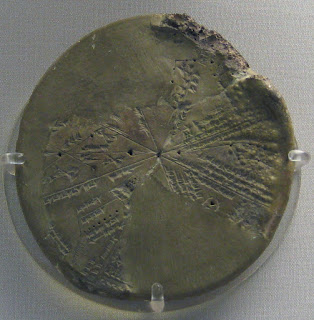When Were the Pillars of Gobekli Tepe Created?
While reading Martin Sweatman's book "Prehistory Decoded" I found out that professor Sweatman supports, based on his theory which does make sense, that the Gobekli Tepe pillars were created in 11.900 BC, on the onset of the Younger Dryas. He reached this conclusion because the drawings on those pillars seem to be pointing to this date.
However, the older parts of this site have been dated to 9.600 BC. So what is going on? Were the pillars created in 11.900 BC and were placed in their slots more than 1.000 years later? This does not make much sense. This will only make sense if there are even older parts of this sites are ever discovered.
This dating (11.900 BC) also comes in contrast with Graham Hancock's theory which I share, that an advanced civilization was destroyed at the end of the Younger Dryas (9.600 BC) and with its dying breath, through its survivors, this civilization transferred part of its knowledge to the people who built Gobekli Tepe.
No doubt, according to professor Sweatman's logic, the pillars point to that date. But does this mean that the pillars themselves were created at that time? Not necessarily, I would argue. The question is, could the memory of the sky of a specific date be somehow recorded by prehistoric men for more than one thousand years, before being depicted on a hard surface?
Actually yes it could, as there is historical precedent. As I present in my book "Our Unknown Ancient Past", a Sumerian tablet of 700 BC shows the sky as it was in 3.123 BC, depicting the fall of a comet on Kofels (Austria) which occurred at that time. This way, the memory of the sky's image was retained for 2.423 years before being imprinted on the soft clay of the tablet.
Conclusion 1: It appears that the people of the Near East were very keen on recording cosmic impacts on hard surfaces (stone & clay).
Conclusion 2: Great job Martin, but my money is on Graham on this one.

Comments
Post a Comment